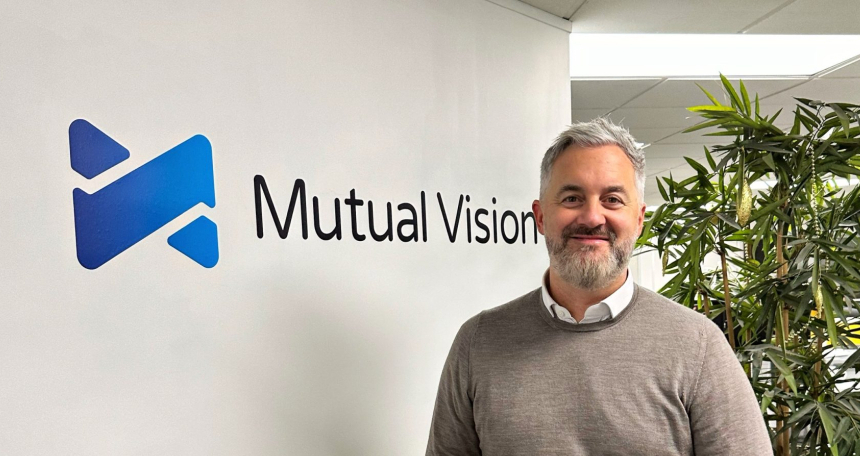
Only a decade or so ago, the neobanks, Starling, Monzo and Revolut, either didn’t exist or barely flickered on the UK public’s radar. They were self-proclaimed ‘digital challenger banks’ back then and, while that descriptor feels a little dated now, their impact on the UK financial services sector is not in doubt.
Over the past decade, their growth trajectories have been hockey stick with a capital H, especially among millennials and Gen Z where they have gained real traction.
They’ve given traditional banks and building societies a lot to think about, but that’s no bad thing. In fact, for the mutual sector it’s a good thing as it shows what’s possible when technology, UX, branding and marketing work in harmony.
Probably the main takeaway from the exponential rise of the neobanks is that technology is no longer a USP — a nice-to-have. It’s absolutely essential to remain relevant — a must-have. If you cannot compete on tech, you cannot play in the modern financial services world.
Technology, of course, can be expensive. Building mobile apps in-house can cost hundreds of thousands of pounds for a financial services institution, as can building a brand via marketing and PR. On top of that, integrating the latest technologies has to be joined up and ongoing, not disconnected and ad hoc.
The tech you integrate also has to be the right tech and the innovation always-on. The key is to use a one stop shop tech provider as multiple vendors can create unnecessary cost and complexity.
And yet, while fundamental to the modern financial services institution, tech isn’t everything. There’s a growing cultural shift among consumers towards financial institutions that are not just profit-driven but purpose-driven.
This is a shift that mutuals can effortlessly tap into as serving their local communities, and demonstrating purpose, has been in their DNA from day one. If they can level up and go head to head with the neobanks on tech, this can be their differentiator — and what a differentiator it is.
We’ve seen this cultural phenomenon in the #shoplocal narrative, which has been steadily gaining traction for a number of years. Shopping locally is better for the environment and better for the community and consumers have embraced it.
Mutuals need to leverage that same shift and, as many independent shops have, potentially join forces to build a #banklocal narrative within financial services. If they do that, the whole will be greater than the sum of the parts.
And while they must continue to serve their older customers, the boomers, mutuals must also attract the TikTok and Instagram generation, as they are their future customers.
To achieve this, UX, brand and effortless onboarding must have the same importance as competitive savings and mortgage rates. Just as they need underwriters, so a modern lender needs coders, marketers, brand experts and engineers.
Mutuals may have a history that the neobanks do not but a history in itself does not guarantee a future. To secure their futures and, more importantly, build a better future, mutuals need to compete with the neobanks on tech and in every other area crucial to the modern lender.
Building societies, co-operatives and credit unions need to become sleek and resonate with the modern digital consumer. If they can compete on that front then the other half of the battle — competing on purpose — they will always win.
2025 is a time for mutuals to be bold and to begin the fightback — to innovate at scale and level up with purpose.
